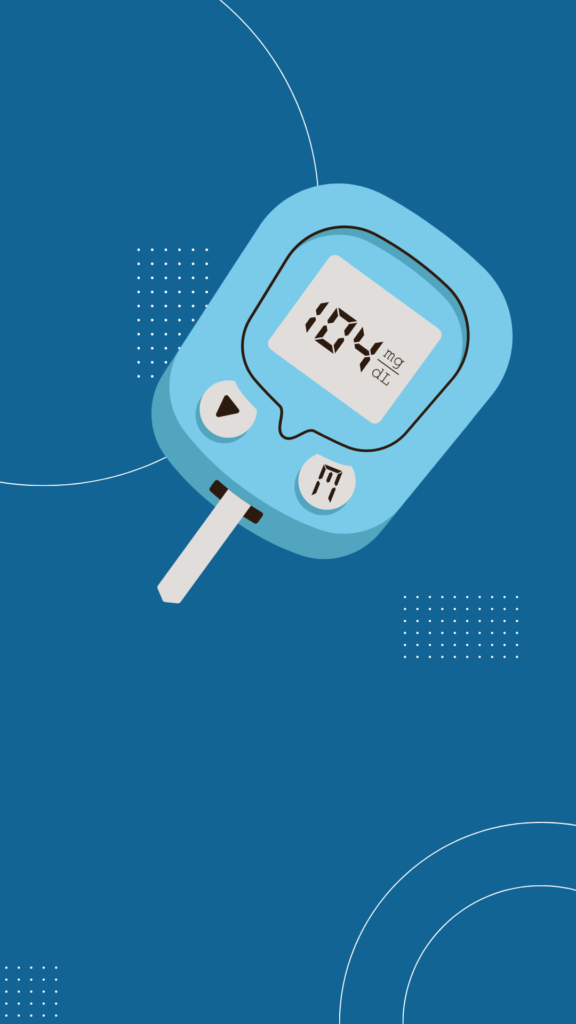Diabetes
Introduction
Managing blood sugar levels is crucial for individuals living with diabetes, both Type 1 and Type 2. By monitoring blood glucose levels regularly, individuals can make informed decisions about their diet, exercise, and medication to maintain stable blood sugar levels. One effective tool for monitoring and understanding blood sugar levels is the blood sugar level chart. In this article, we will explore blood sugar level charts for Type 1 and Type 2 diabetes, their importance, and how to interpret and use them to maintain optimal health.
https://sumhelath.com/wp-admin/post.php?post=937&action=edit
Understanding Blood Sugar Levels
Blood sugar levels refer to the amount of glucose present in the bloodstream. Glucose is the primary source of energy for the body’s cells, and insulin, a hormone produced by the pancreas, helps regulate glucose levels. In individuals with diabetes, the body either doesn’t produce enough insulin (Type 1) or becomes resistant to its effects (Type 2), leading to high blood sugar levels.
Blood Sugar Level Chart for Type 1 Diabetes
Type 1 diabetes is an autoimmune disease where the immune system attacks and destroys the insulin-producing cells in the pancreas. People with Type 1 diabetes require insulin injections to manage their blood sugar levels. The blood sugar level chart for Type 1 diabetes helps individuals monitor their glucose levels and make informed decisions about insulin dosages and meal planning.
The blood sugar level chart for Type 1 diabetes typically includes the following ranges:
- Normal Range: 80-130 mg/dL (milligrams per deciliter) before meals and 100-140 mg/dL before bedtime.
- Target Range: 80-180 mg/dL before meals and 100-180 mg/dL before bedtime.
It’s important to note that individual target ranges may vary based on factors such as age, overall health, and personal preferences. Regular monitoring and consultation with a healthcare provider are crucial to determining personalized target ranges.
Blood Sugar Level Chart for Type 2 Diabetes
Type 2 diabetes is characterized by insulin resistance and impaired insulin production. Managing blood sugar levels is crucial to prevent complications associated with high glucose levels. The blood sugar level chart for Type 2 diabetes serves as a valuable tool to track and control blood sugar levels effectively.
The blood sugar level chart for Type 2 diabetes generally includes the following ranges:
- Fasting Range: 80-130 mg/dL
- Postprandial (After Meal) Range: Less than 180 mg/dL
Again, these ranges can vary based on individual circumstances. Working closely with a healthcare professional can help determine personalized target ranges for optimal diabetes management.
Using Blood Sugar Level Charts Effectively
- Regular Monitoring: Blood sugar levels should be checked regularly using a glucose meter. Recording these readings on a blood sugar level chart helps identify patterns and understand how food, exercise, and medication impact glucose levels.
- Identifying Triggers: By tracking blood sugar levels consistently, individuals can identify patterns and potential triggers for high or low blood sugar. This information can guide lifestyle modifications and help prevent extreme fluctuations.
- Collaboration with Healthcare Providers: Share blood sugar level charts with healthcare professionals during check-ups or appointments. This collaboration allows them to provide accurate guidance and make necessary adjustments to medication or treatment plans.
- Meal Planning: Blood sugar level charts help individuals make informed decisions about meal planning. By noting how different foods affect glucose levels, one can create a balanced diet that supports stable blood sugar control.
Conclusion
Blood sugar level charts are powerful tools for individuals with Type 1 and Type 2 diabetes to monitor and manage their blood glucose levels effectively. By understanding the target ranges and using the charts to track readings, individuals can make informed decisions about diet, exercise, and medication to maintain


